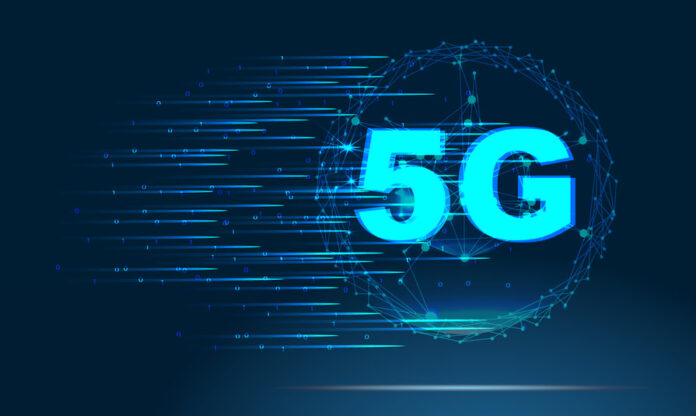Multiple Transmission and Reception Point support in Release 17 improves 5G low-latency and mobile broadband performance
Headline features in 3GPP Release 17 include performance improvements for enhanced Mobile Broadband (eMBB), Ultra-Reliable Low Latency Communication (URLLC) and Massive Machine-Type Communications (mMTC). Enhancements to Multiple Transmission and Reception Point (mTRP) promise to help 5G networks maintain consistent Quality of Service (QoS) straight to the edge of the network.
URLLC is cornerstone technology for 5G solutions in consumer entertainment, factory automation, transportation, Internet of Things (IoT) deployments and more. URLLC delivered at predictable and consistent QoS demands nearly instantaneous, zero-touch network automation to work successfully.
“MIMO enhancements address four areas: beam management; multiple transmission and reception point (mTRP) for ultra-reliable, low-latency communication (URLLC); mTRP for enhanced mobile broadband (eMBB); and TDD and FDD reciprocity,” said Ericsson.
“In Rel-17, NR positioning is further improved for specific use cases such as factory automation by targeting 20-30cm location accuracy for certain deployments. Rel-17 also introduces further enhancements to latency reduction to enable positioning in time-critical use cases such as remote-control applications,” Ericsson said.
mTRP explained
mTRP enables 5G gNodeB (gNB) base stations to use more than one transmission and reception point (TRP) to communicate with user equipment (UE). Like many of the R17 enhancements, mTRP improvements are aimed to helping carriers optimize network performance and robustness. mTRP for eMBB provides the framework for 5G mmWave broadband performance optimization.
3GPP Release 16 added support for multiple antenna panels. The changes in R17 are intended to improve the flow of network communications: Reducing beam management signaling overhead, for example. And by expanding beam selection to improve mobility between cells.
“The mTRP enhancements increase robustness for the physical downlink control channel (PDCCH), physical uplink shared channel (PUSCH) and physical uplink control channel (PUCCH). They also enable richer channel state information (CSI) feedback for non-coherent joint transmission (NC-JT) and optimize performance for high-speed-train (HST) communication scenarios,” they said.
“Finally, the enhancements to reciprocity-based operation include new codebooks with reduced feedback overhead, where partial channel knowledge is available at gNodeB (gNB), as well as improvements to the Sounding Reference Signals (SRSs),” they added.
3GPP R17
The 3GPP approved 24 projects for Release 17. Among the highlights were expanding 5G into higher spectrum range and more attention to specific industry verticals. Those include automotive, critical communications, indoor industrial uses and other internet of things requirements, such as “stringent accuracy” in positioning and latency. IoT advancements will also focus on a “rich set of capabilities to better support low latency and industrial IoT requirements.
Other changes include overall MIMO enhancements, Dynamic Spectrum Sharing, non-terrestrial access networks such as high-altitude platforms.

